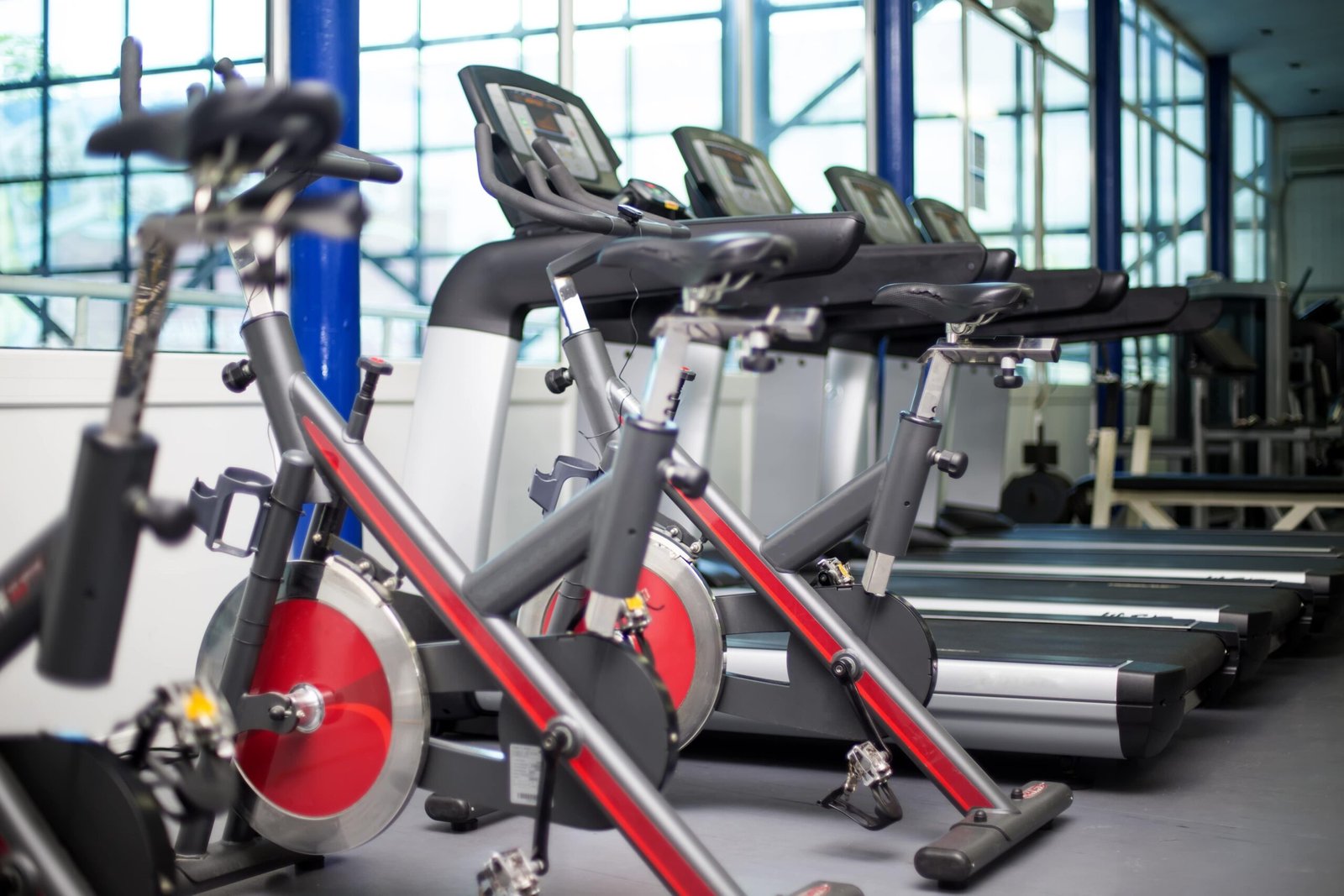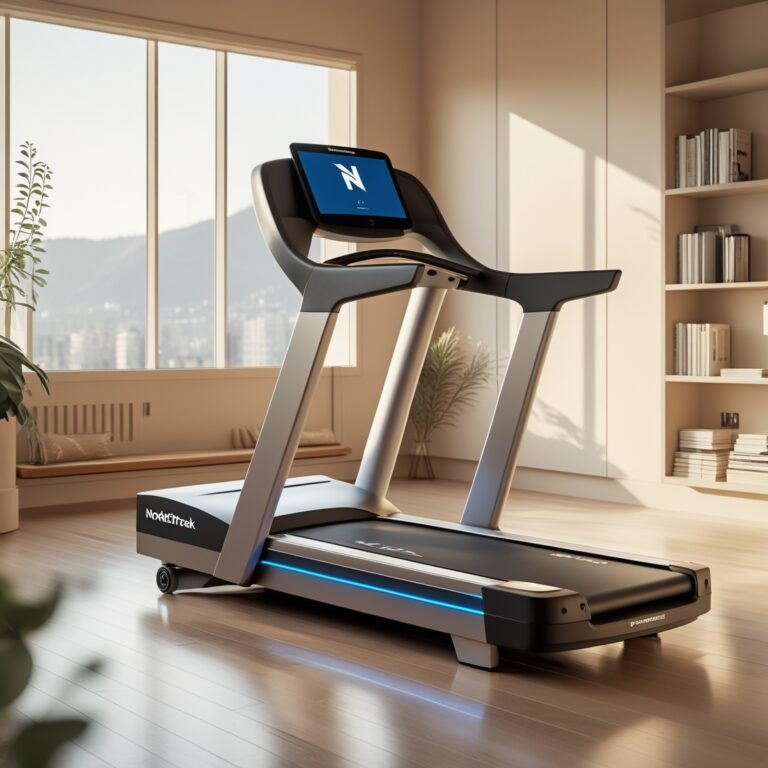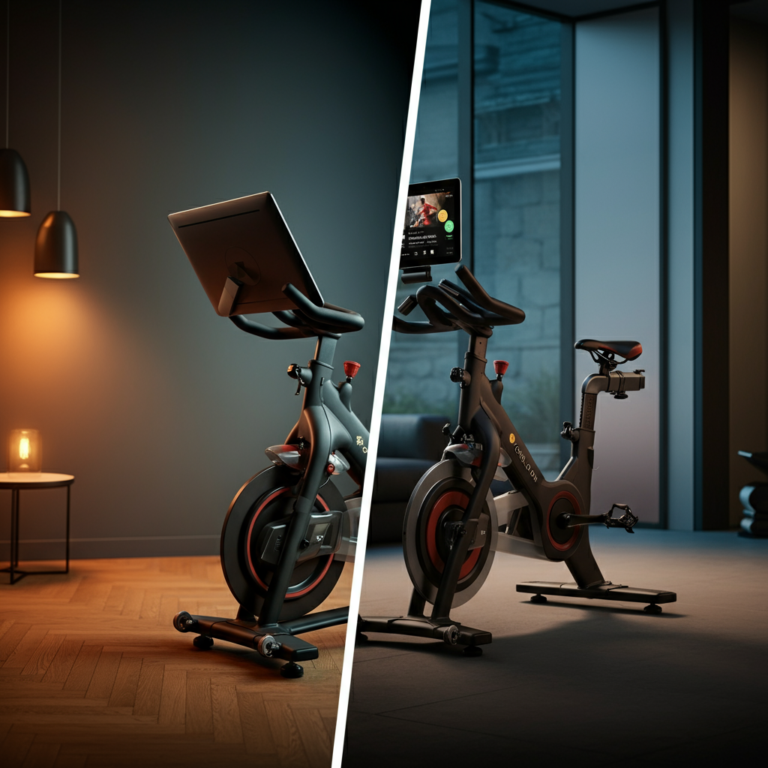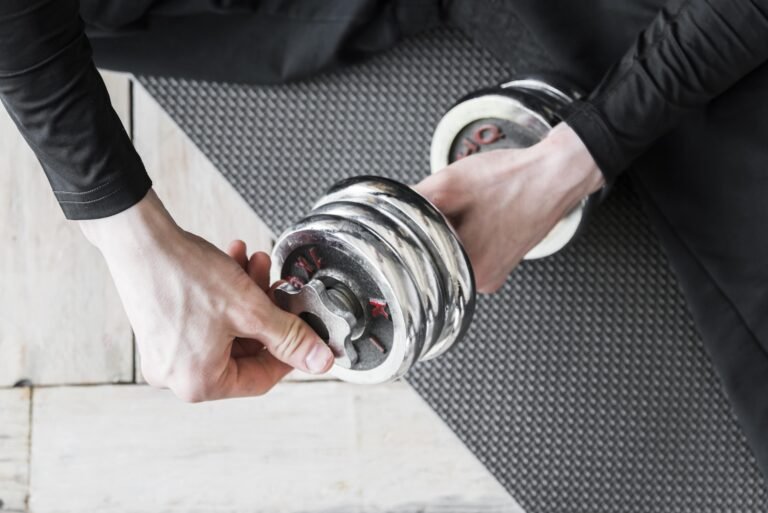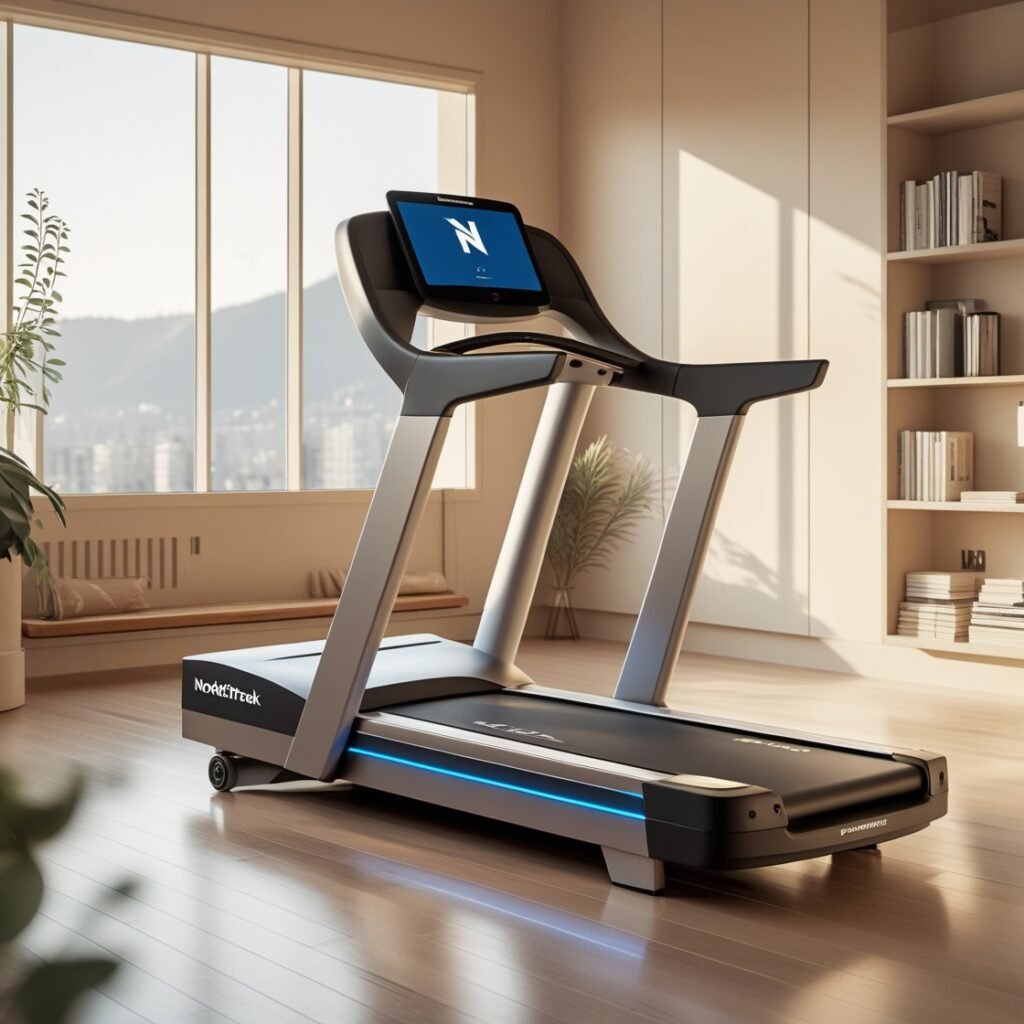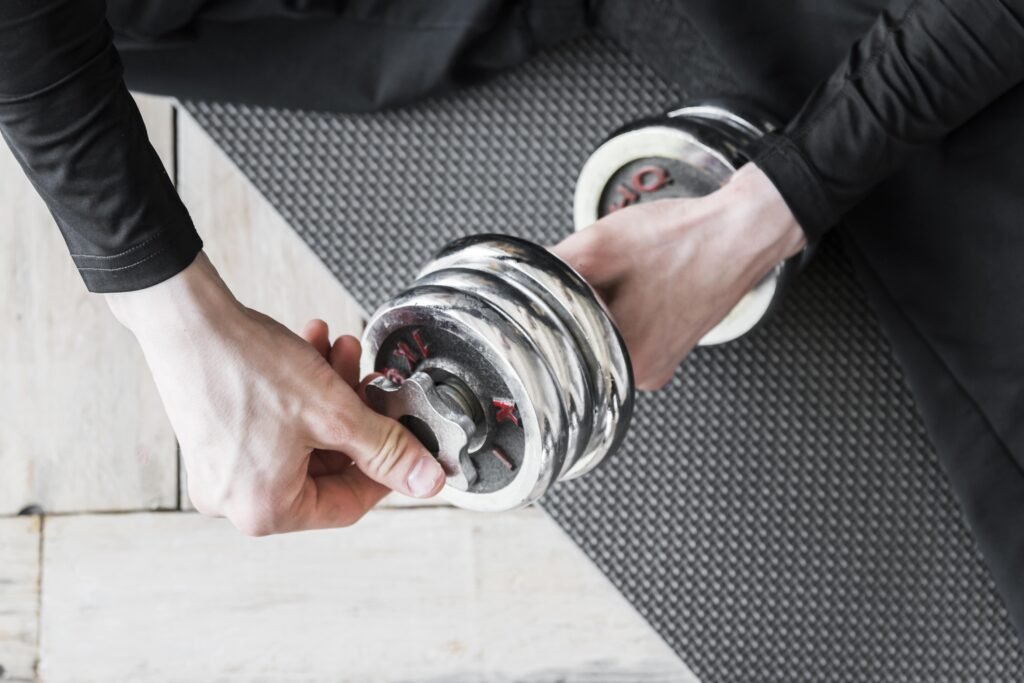Finding the Perfect Cardio Companion
Choosing the right cardio equipment for your home gym can be daunting. Stationary bikes and rowing machines are two of the most popular options for fitness enthusiasts—but each comes with unique benefits and challenges. Stationary bikes vs rowing machines .
Cardio is an essential part of any fitness routine. It improves heart health, boosts endurance, and burns calories. Whether you’re looking to lose weight, build stamina, or improve overall wellness, these two machines can help you achieve your goals. But which one is right for you?
This guide explores stationary bikes and rowing machines in-depth, comparing their perks and pitfalls, to help you make an informed decision based on your goals, space, and fitness level.
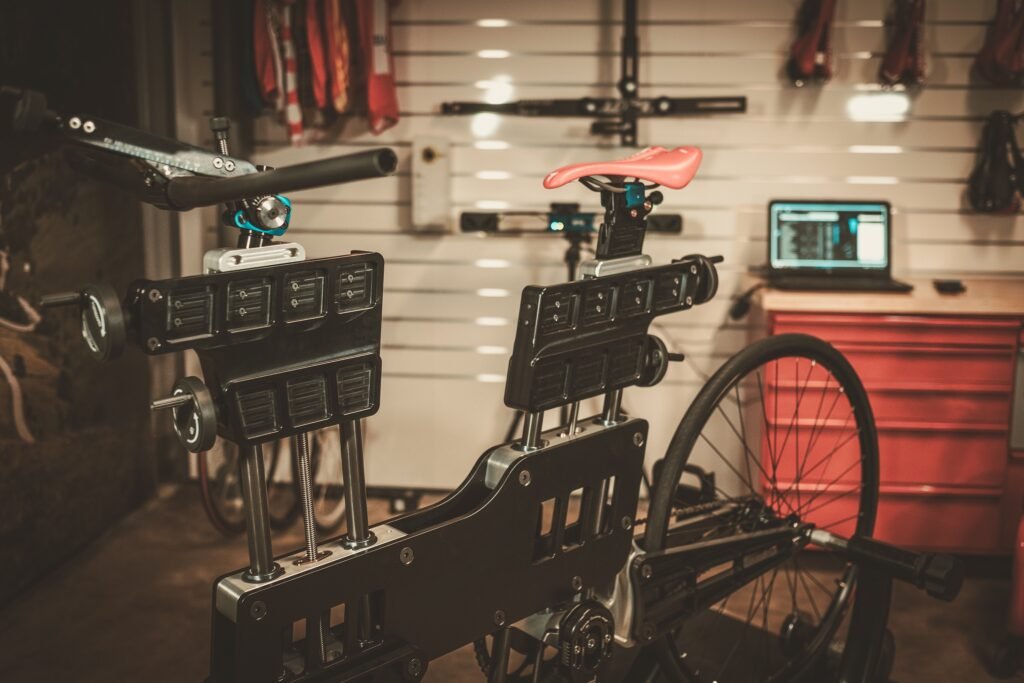
Stationary Bikes: A Complete Overview
Types of Stationary Bikes
1. Upright Bikes: These mimic traditional outdoor bikes, focusing primarily on lower body muscles.
2. Recumbent Bikes: Designed with a backrest, they offer a more comfortable workout, especially for people with back issues.
3. Spin Bikes: Crafted for intense workouts, they are perfect for high-speed, calorie-burning sessions.
Benefits of Stationary Bikes for Cardio
- Low-Impact Exercise: Stationary bikes are gentle on joints, making them ideal for individuals with arthritis or knee injuries.
- Lower Body Strength: Regular sessions target your quads, hamstrings, calves, and glutes, enhancing muscle endurance.
- Adjustable Resistance: From leisurely cycling to high-intensity intervals (HIIT), you can customize workouts to match your fitness level.
- Ease of Use: They’re beginner-friendly and require minimal training to start.
Drawbacks of Stationary Bikes
- They primarily work lower body muscles, limiting full-body engagement.
- Incorrect setup may lead to discomfort, especially in the back or seat area.
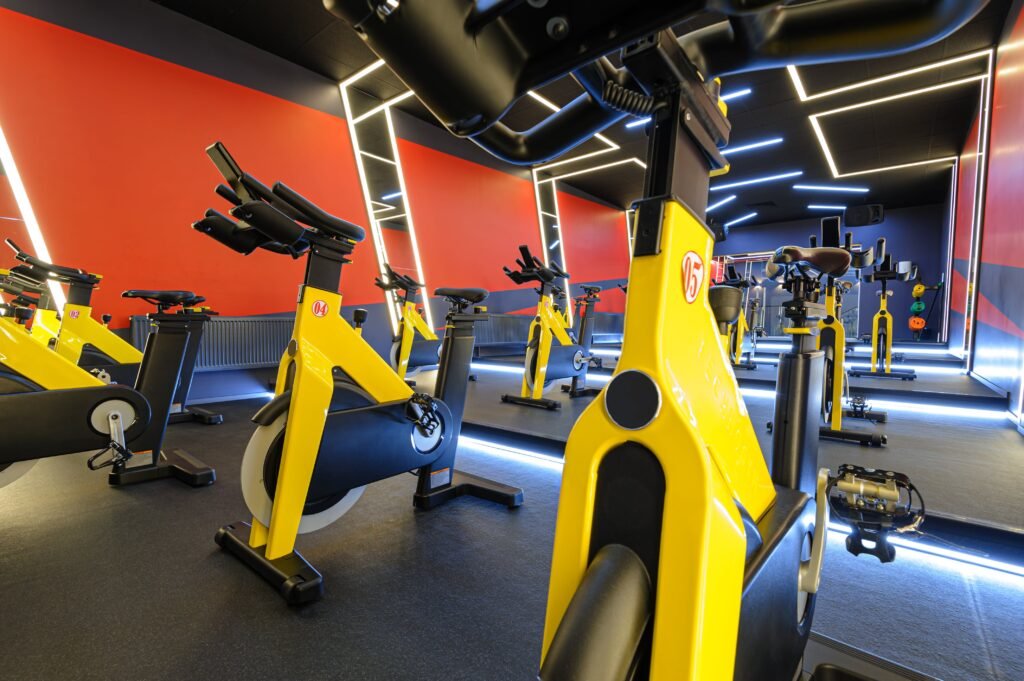
Who Should Use Stationary Bikes?
Stationary bikes are great for beginners, individuals recovering from injuries, or anyone looking for a low-impact cardio workout. They’re also an excellent option for people who enjoy steady-state cardio or cycling-inspired HIIT routines.
Rowing Machines: A Complete Overview
Types of Rowing Machines
1. Air Resistance Rowers: These use a flywheel to create resistance and are popular among professional rowers.
2. Water Resistance Rowers: Designed for a realistic rowing experience, with water-filled tanks providing resistance.
3. Magnetic Resistance Rowers: Quiet and smooth, they’re perfect for home gyms in shared spaces.
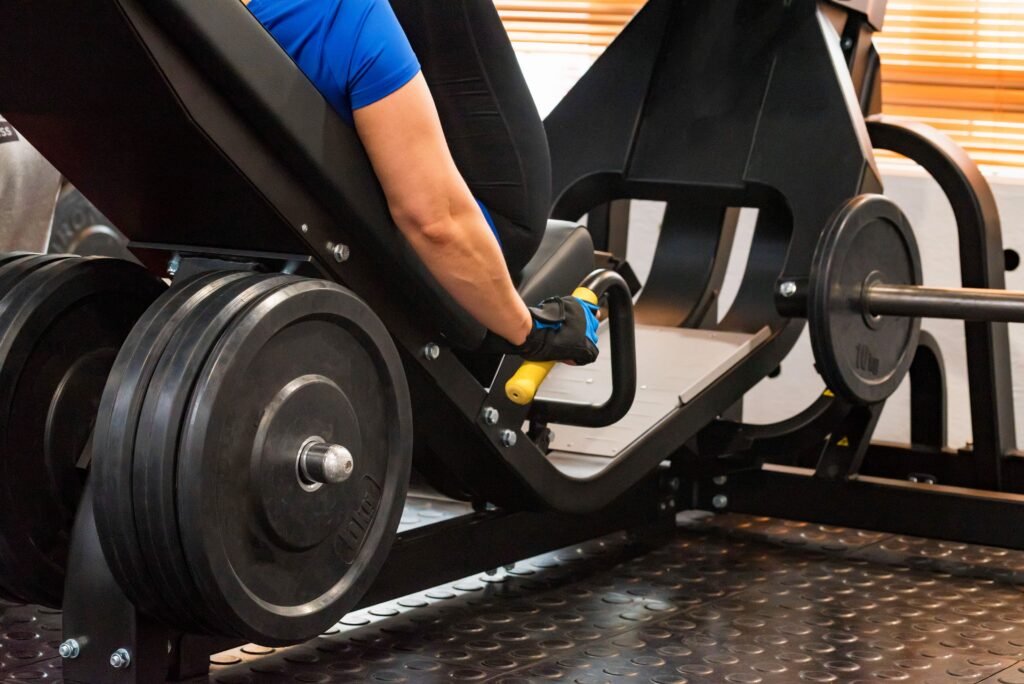
Benefits of Rowing Machines for Cardio
- Full-Body Workout: Rowing engages 80% of your muscle groups, including the legs, core, back, and arms.
- Burns More Calories: Rowing torches calories faster compared to stationary biking.
- Improves Endurance: It’s a powerful tool for cardiovascular conditioning and muscular endurance.
- Low-Impact Exercise: Like bikes, rowing machines are gentle on joints while providing a high-intensity workout.
Drawbacks of Rowing Machines
- Improper form can lead to back injuries.
- Beginners may find it less intuitive than a stationary bike.
Who Should Use Rowing Machines?
Rowing machines are excellent for intermediate to advanced users, athletes, and anyone seeking a challenging full-body workout with cardio benefits.
Head-to-Head Comparison
Muscle Groups Targeted
- Stationary Bikes: Primarily work lower body muscles such as quads, hamstrings, and calves.
- Rowing Machines: Provide a full-body workout, engaging legs, core, back, and arms.

Calorie Burn
Rowing machines typically burn more calories. A 30-minute session on a rowing machine burns about 270–380 calories (depending on intensity), while stationary biking burns about 210–310.
Cardiovascular Benefits
Both machines improve cardiovascular health. Rowing, however, offers a higher-intensity workout, benefiting both heart and lung function.
Impact on Joints
Both are low-impact, but stationary bikes may be easier on the joints, especially for people with knee or hip injuries.
Space and Portability
- Stationary Bikes: Often more compact and easier to store in a corner of your home.
- Rowing Machines: Require a bit more space but some fold up for easy storage.
Cost and Maintenance
- Stationary Bikes: Typically less expensive upfront and require minimal maintenance.
- Rowing Machines: Can be pricier initially but are durable and worth the investment for cardio enthusiasts.
Choosing the Right Machine for Your Goals
For Weight Loss
Rowing machines are better at burning calories and engaging more muscles, making them the go-to choice for weight loss.
For Building Endurance
Both are excellent, but rowing challenges more muscle groups, providing a comprehensive endurance workout.
For Strength Building
Rowing machines take the lead, offering more upper and lower body engagement for muscle building.
For Small Spaces
Stationary bikes are more space-friendly, requiring less room for use and storage.
Real-Life Success Stories
Story 1: Anna, the Busy Beginner
Anna, a working mom, wanted a quick and low-impact way to stay active. She opted for a stationary bike and now enjoys 20-minute HIIT sessions during her work breaks.
Story 2: Ryan, the Aspiring Athlete
Ryan, training for a triathlon, uses a rowing machine to build full-body endurance. It’s now a staple in his workout routine.
Story 3: Emily, the Hybrid Approach
Emily mixes stationary biking and rowing sessions to balance her cardio and strength workouts, achieving her fitness goals faster than she imagined.
FAQs
Which burns more calories, stationary bikes or rowing machines?
Rowing machines burn more calories per session due to their full-body engagement, making them better for weight loss.
Are rowing machines better for back pain?
Not necessarily. Proper form is critical when using a rowing machine to avoid back strain. Consult a trainer to ensure correct technique.
Can I use a stationary bike if I have knee issues?
Yes! Stationary bikes are low-impact, making them a great option for individuals with knee or joint problems.
Which machine is better for beginners?
Stationary bikes are generally easier to use and more beginner-friendly, while rowing machines require proper form.
How long should I use each machine for optimal cardio benefits?
Aim for at least 30 minutes of moderate-intensity cardio on either machine, five days a week, for maximum health benefits.
Which Machine Is Right for You?
Ultimately, the choice between stationary bikes and rowing machines boils down to your fitness goals, available space, and budget. Consider what you’re aiming to achieve—weight loss, endurance, or a mix of both. Better yet, try both machines if possible to see which suits your needs.
Whether you’re pedaling or pulling, the key is consistency. Commit to regular workouts, and you’re bound to see incredible results.
Looking to set up your dream home gym? Start with the perfect equipment and make fitness a part of your lifestyle today!

